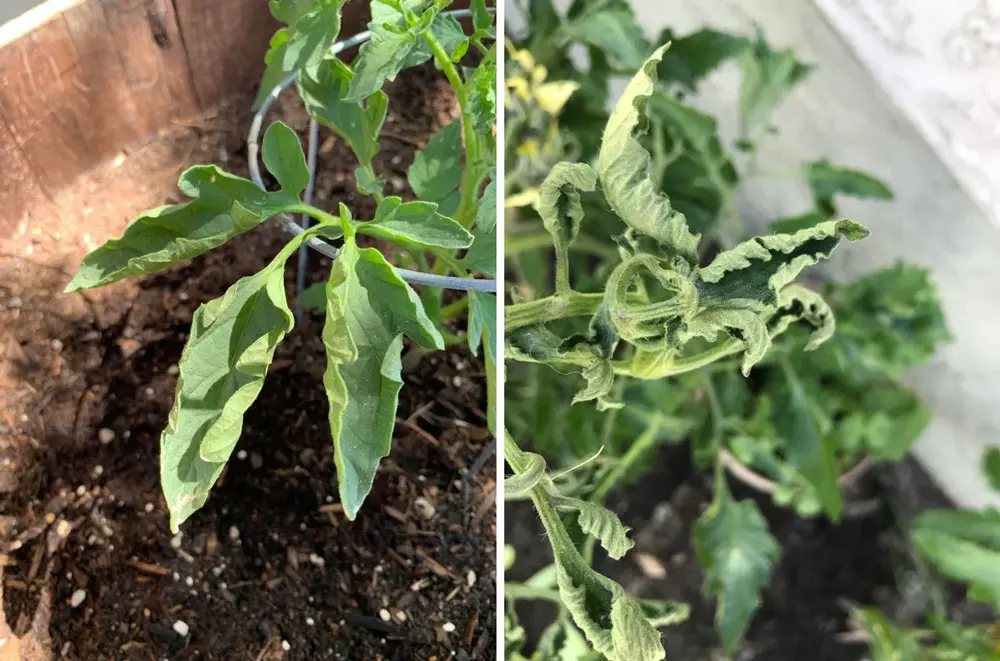Babys tears (Soleirolia soleirolii) is a mat-forming tropical perennial with myriad tiny leaves. Often confused as a type of moss, it comes from the nettle family. What makes babys tears special is its dense, delicate mat of fine round or bean-shaped leaves on short, fleshy stems. Lower-light conditions, a warmer climate, and rich, moist soil will enable this plant to thrive. Babys tears plants are easy to grow for beginners, but they require regular attention to look their best.
Baby tears, also known as angel’s tears or Soleirolia soleirolii, are beautiful evergreen groundcover plants that can add a delicate touch to any indoor or outdoor space. However, curling leaves are a common issue that plagues these plants and causes concern for gardeners In this comprehensive guide, we’ll explore the various causes of and solutions for curled baby tears leaves so you can get your plant back to perfect health
What Causes Baby Tears Leaves to Curl?
There are several key factors that can cause otherwise healthy baby tears plant leaves to curl under:
Improper Watering
Both overwatering and underwatering baby tears plants can lead to curled leaves Overwatering causes root rot leading to plant stress and curled leaves Underwatering leads to plant dehydration and leaf curling. The key is to maintain evenly moist soil by watering when the top inch becomes dry.
Incorrect Light Levels
Baby tears require bright but indirect light to thrive. Too much harsh, direct sunlight can scorch leaves and cause curling. Conversely, too little light leads to weak, spindly growth and curled leaves as the plant reaches for light. Place baby tears in bright, filtered light indoors or dappled outdoor shade.
Temperature Extremes
Temperature swings or extremes outside the ideal range of 65-75°F (18-24°C) stress baby tears and cause leaf curling. Protect plants from cold drafts indoors and use heat mats or fans to maintain steady temps.
Low Humidity
The ideal humidity level for baby tears plants is above 50% Dry air leads to leaf curling and tip burn Increase humidity for houseplants by misting frequently or using a humidifier.
Pest Infestations
Spider mites, aphids, fungus gnats and other common indoor plant pests can attack baby tears and cause leaf curling. Inspect plants regularly and take action at first signs of infestation.
Nutrient Deficiencies
Lack of nutrients due to inadequate fertilization can result in yellowed, curled leaves. Fertilize baby tears every 2 weeks in spring and summer with a balanced, diluted liquid fertilizer.
How to Fix Curled Baby Tears Leaves
If your baby tears plant is suffering from curled leaves, take these steps to get it back to health:
-
Adjust your watering schedule to ensure the soil stays evenly moist but not soaked. Allow the top inch to dry out between waterings.
-
Move the plant to a location with bright, indirect light if it is receiving too much harsh sun or too little light.
-
Keep the temperature around your plant between 65-75°F by moving it away from drafty areas and using a heat mat or fan if needed.
-
Increase humidity around the plant through misting, pebble trays, or a humidifier.
-
Inspect closely for signs of pests like webbing or insects. Use neem oil or insecticidal soap if detected.
-
Apply a balanced fertilizer diluted to half strength every 2 weeks during spring and summer.
-
Prune away any severely curled or dead leaves to improve appearance.
Preventing Future Leaf Curling
Once you’ve corrected any issues causing leaf curl, keep your baby tears thriving and free of future curling with these maintenance tips:
-
Check soil moisture frequently and water as soon as the top inch becomes dry.
-
Monitor light exposure and foliage color. Move plants or use grow lights as needed.
-
Keep temps and humidity in the preferred range year round.
-
Apply balanced fertilizer regularly in the growing season.
-
Inspect frequently for early signs of pests or disease. Act immediately if detected.
-
Prune any overgrown or unsightly stems to encourage bushy new growth.
With a little detective work and attentive care, you can get your baby tears plant’s curled leaves back in shape. By identifying and addressing the underlying causes, whether improper watering, light issues, temperature extremes or pests, you’ll have your baby tears looking lush and lively again. Maintain optimal growing conditions and your plant will continue thriving with no leaf curling in sight.

Caring for Baby’s Tears After It Blooms
The plant will bloom throughout the warm season. Once finished, its a good idea to prune the plant back, especially if it has overrun your container or garden.
Potting and Repotting Baby’s Tears
Containers are another good option for people who live in subtropical zones, where this plant can become invasive if planted in the ground. As a potted plant, babys tears grows easily in a standard potting mix.
Babys tears plants adapt well to life in containers. In a small hanging basket, the spreading plants can spill attractively over the sides. In a terrarium, the plants can creep to the edges of the glass, hiding the bare soil. In a mixed outdoor planting, baby tears plants work great as an edging plant.
Babys tears plants grow quickly and need to be repotted regularly. Get a larger pot—in this case, the larger, the better—and get a commercial potting soil lightened with additional peat moss or perlite.
Because the plants stems are fragile, do not pull them out of their containers by the stems or leaves. Turn the pots upside down and tap, squeeze, or push on the drainage hole with a pencil to coax the plants loose. Place the roots in the new potting mix. Water thoroughly.
Baby Tears Plant Care (How Not To Kill Your Baby Tears Plant)
FAQ
How often should I water my baby tears plant?
Why are my baby rubber plant leaves curling?
What’s wrong with my baby’s tears plant?
